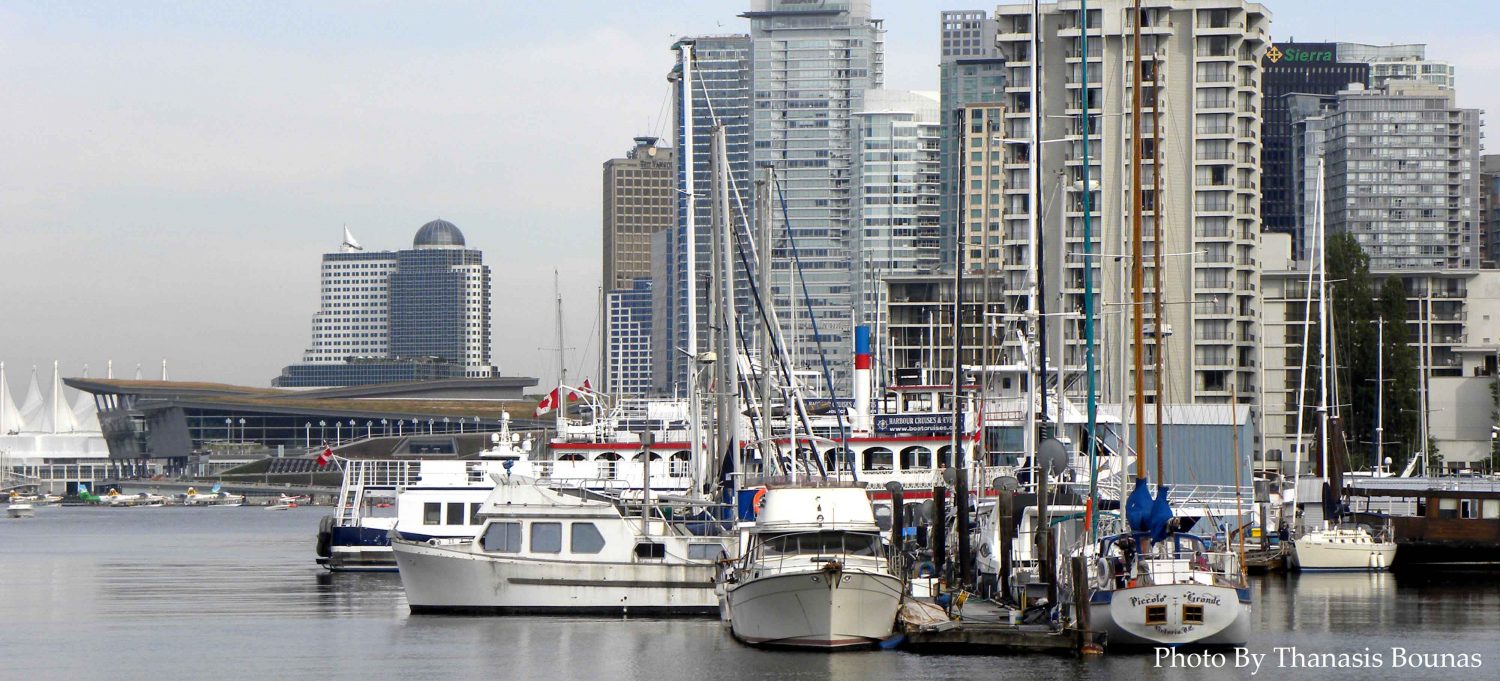
Nuu-chah-nulth History
Nuu-chah-nulth The Nuu-chah-nulth also formerly referred to as the Nootka, Nutka, Aht, Nuuchahnulth or Tahkaht, are one of the indigenous peoples of the Pacific Northwest Coast in Canada. The term Nuu-chah-nulth is used to describe […]









